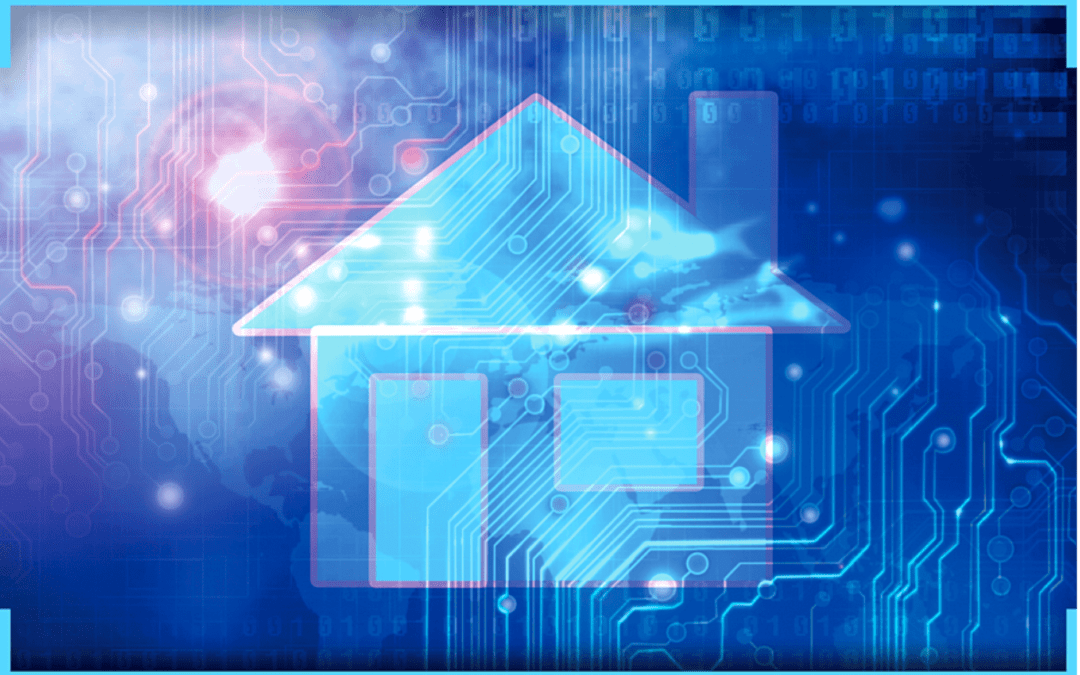
Lately, you might have noticed a new section at your local big box retailer: “Smart Home.” Although the idea of connecting everyday objects in the home to the Internet seems quite novel, it’s not really the connectivity to the Internet that’s so new. What’s new is the underlying connectivity between these objects.
Considering the role of interoperability in the context of Smart Home interaction experiences and the inevitable ecosystem in which connected products operate, requires a shift in mindset.
Manufacturers often build from their products outwards; they only enable interoperability so long as it is with other products in their proprietary suite. But this approach stifles more than user experience, it (ironically) stifles manufacturers’ ability to layer new services on top of the product itself.
The value of connected products is not limited to the form, function, or aesthetic of the product itself; rather value is now defined by how an entire ecosystem of constituents integrates, protects, and leverages product data contextually and in ways that actually improve people’s lives.
The disconnect between the traditional product-centric vs. collaborative service-centric approach is actually not so surprising. De-emphasizing products in favor of contextually applying the data they generate is unchartered territory for manufacturers whose entire brands were built on aesthetically desirable, material objects with tangible features.
Interoperability takes on new forms in a framework unbounded by form, and powered through data and applications. Sensors on a leaky pipe automatically trigger alerts to a centralized mobile app, either via smartphone, smart TV assistant, or directly to an in-home ‘concierge’ a la Amazon’s Echo. The app ecosystem enables the homeowner to immediately connect with a pre-screened, local, plumbing professional who can arrive equipped with data-driven context about the pipe and the appropriate tools for the job. This is but one small example, yet illustrates the wide reaching value interoperability enables; not just to the manufacturer of that pipe, but to the homeowner, to the service provider, to the repair person, and so on. Ideally, the issue is repaired before extreme damage occurs, local service providers gain a share of the work, and the manufacturer supports an overall better, more reliable customer experience and ongoing relationship.
Zonoff & Home Advisor Partner to provide Homeowners a Marketplace of Home Services

The example above comes to life via a recent partnership between Smart Home platform provider Zonoff and online home services provider HomeAdvisor. Together, they are embedding interoperable service capabilities into devices and product management platforms for retailers, home construction providers, insurance providers, and consumer electronics manufacturers in order to provide a marketplace for home improvement and repair services.
This partnership illustrates the strength mobile-enabled marketplaces bring to the Smart Home, and more broadly to the Internet of Things. It illustrates the compound value that a network of people with specialized skills, near real-time availability, and shared interests bring to any single manufacturer or business.
By uniting homeowners with an ecosystem of services, in-home connected appliances and products transcend their singular functions (or malfunctions!). Rather than stumbling upon a defunct product, shuffling through contact information and waiting on the phone, reporting (and repeating) details of the issue to distant support rep, a well-orchestrated, automated system of connected interactions and interoperability delivers more rapid, personalized, and far less painful service experiences with minimal prompts.
Interoperability is at once the greatest barrier and opportunity for the Smart Home market.
Interoperability Should Empower the Entire Ecosystem – That’s the Point
Fundamentally, the role of interoperability in the Smart Home is, or should be, one of empowerment. Interoperability empowers users across the three core areas we use in-home technology:
- Safety and protection
- Energy management
- Convenience, health and comfort
It empowers responsible service providers with more information to act on (not abuse) their relationships with the customers that rely on them across these three areas. Finally, interoperability empowers manufacturers with greater information to inform product, service, and partnership innovation. For consumers, Smart Home devices will enjoy adoption if they actually work as consumers want them to work, easily, every time, and with each other in ways that inspire trust.

